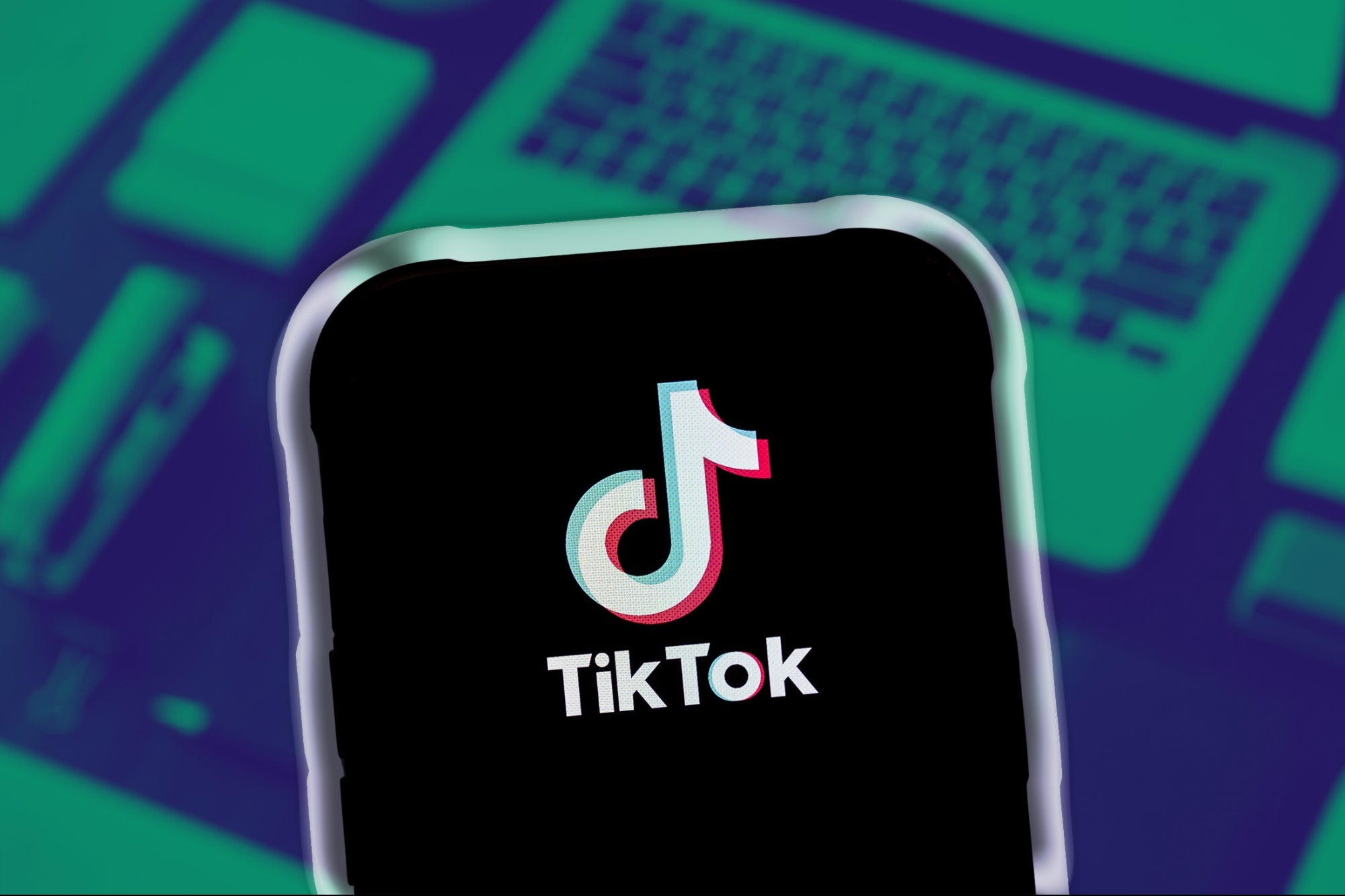FIRE Financial Strategies: How Much is Too Extreme When Saving for Retirement? Learn how it's possible for someone to retire in their 40s even when so many people are struggling with retirement savings.
By Portia Antonia Alexis Edited by Jason Fell
Opinions expressed by Entrepreneur contributors are their own.
You're reading Entrepreneur Europe, an international franchise of Entrepreneur Media.

It's not just the younger generations that are failing at retirement planning in Europe, the U.S., and elsewhere; older generations are equally in trouble. Saving for retirement may be difficut right now for those who've been effected by the global health crisis, or more generally for those with sizable debt. But there is a growing segment of the population that's gearing itself, or at least the possibility, to retire in their 40s.
How is it possible for someone to retire in their 40s when so many people are struggling with retirement savings? One answer is the FIRE movement.
FIRE explained.
FIRE stands for financial independence and retiring early. The movement inspires people to live a conservative life to achieve early retirement and financial freedom. The primary intent behind the campaign is to help people escape the dogma of routine work life, financial strain, and worries by following a series of predefined steps.
It's a lifestyle optimization movement that prioritizes living under your means while saving a significant part of your income for the future. Some may even call it a glorified financial goal that includes smart investing and spending choices.
The most straightforward formula is to save up to 25 times your annual expenses, so if you earn $100,000 and can survive on $45,000, your goal should be to save $1.125 million to become financially independent. Once you reach this goal, you can start distributing 4 percent of the entire savings fund annually, adjusted for inflation only.
If that sounds difficult, let's divide it into simple, actionable steps.
Eliminate high-interest debt. The first step is to eliminate any kind of high-interest debt. It includes credit card debt, personal loans, and even student debt. The reason for doing so is that interest payments eat away your savings, thereby prohibiting long-term accumulation of capital gains.
You can choose among a variety of techniques to pay off debt, including the avalanche method, snowball method, or similar strategies.
However, if you're using a low-interest debt, such as mortgage loans, to boost your income or generate rental money, you can keep that loan.
Reduce your expenses. The FIRE strategy is designed across the principles of conservative spending. Optimize your lifestyle for minimum costs and let go of an inflationary lifestyle.
Here is what you can do:
- List all your necessities, such as rent, grocery payments, essential utilities, and internet connection.
- Create a list of all the lifestyle expenses, or wants, desires, such as eating out, watching movies, takeaways, streaming subscriptions, cable TV, etc.
- You have to cut most of your expenses from the second list, inflationary expenses, to boost your savings. Start slowly and gradually move towards eliminating these costs.
Find ways to boost your income. The FIRE strategy requires you to maximize your savings for a set number of years, which means you have to find different ways to increase your income. This might be more difficult lately as a result of the health crisis, but its what's necessary for the big picture.
Are you able to take on an additional project? Can you take a part-time job? Is it possible to generate extra income through part-time freelancing? Boosting your income allows you to reach your financial goals sooner than planned.
Maximize your savings rate. Having a high savings rate is essential for the entire strategy to work. By minimizing your expenses and boosting your income, you should be able to achieve a high savings rate. People covered under the stories we cited earlier in the post achieved a savings rate of 50 percent or even higher, but that's not necessary for the FIRE strategy to work.
Calculate your own figures and target a savings rate accordingly.
Invest in tax-advantaged accounts. Always try and invest in tax-advantaged accounts to minimize your taxable income. Start by maxing out your retirement plans, and if you have freelance income or an opportunity to contribute more, do it.
Also, take the maximum benefit of alternative saving options such as a health savings account or flexible spending account offered by your employer.
Invest money for regular income. Investments made under the FIRE strategy follow a conservative approach, which means investing in low-cost financial instruments instead of trying complicated investment techniques.
However, it is critical for your money to beat inflation for this strategy to work. Pay special attention to your asset allocation. If you aren't confident about your investment allocations, feel free to contact an expert for a custom investment solution. Some successful FIRE strategy followers even recommend adding real estate to the investment portfolio, providing consistent rental income.
Following these steps religiously can allow you to achieve financial freedom sooner than traditional retirement. You no longer have to work to pay for your necessities. You're free to pursue the dreams that you wanted to follow before starting this journey.
Unlike popular belief, you don't have to retire or quit your job. You simply have the financial freedom to do so at any time you want. Similarly, you can start working on a hobby that offers both satisfaction as well as income.
The problems with FIRE strategy.
Yes, the measures defined by the FIRE strategy can be extreme for most people. That said, FIRE isn't for everyone. Here are some of the obvious drawbacks:
- Not a realistic strategy for people who have considerable debt: The ability to save considerable amounts of money can be impossible for those who have sizable household debt.
- Requires drastic lifestyle changes: Frugality and minimalistic lifestyle are critical for FIRE strategy to work. Several people will find it difficult to adjust to these new changes.
- There's financial risk: In the case of a market crash or loss of your investment capital, you're under a massive financial threat. There are examples of people who were able to achieve financial freedom only to lose a significant portion of their investments during downward market cycles.
- It involves financial uncertainty: Not everyone has the financial skills to plan for years of expenses, especially emergency costs or unexpected medical, maintenance bills. A high level of financial uncertainty could be a problem for families relying on consistent income.
Taking a hybrid approach to financial freedom.
Now that you have seen the cons of FIRE strategy, do you still want to follow it or give it all up? Well, you don't have to do either, as there are multiple variants of the FIRE strategy that might suit you better.
- Lean FIRE: This is the basic FIRE strategy, which is contingent on you making substantial lifestyle changes and lowering your annual expenses. There is a possibility that you may have to relocate to a low tax, cheaper state to achieve, sustain financial freedom.
- Fat FIRE: This variant of FIRE is built around providing financial independence to an individual or family without making significant changes in their current lifestyle. Fat FIRE strategy takes comparatively longer to execute but follows the same steps as that of a lean FIRE strategy.
- Example of Fat Fire: If a family is comfortable with a lifestyle that costs around $70,000 annually, they need to save $1.75 million in their fund to continue withdrawing 4 percent annually.
- Barista FIRE: Barista FIRE is somewhere between lean Fire and fat FIRE strategies, as it requires you to either have one of the spouses working full-time or part-time (depending on profession) through the rest of his or her life. Barista FIRE takes into account factors such as getting health coverage through your spouse or working enough to qualify for health coverage or similar benefits. Some companies would offer medical coverage to employees working 20 hours or more.
To keep it simple, Barista FIRE might be the most ideal out of these variants. Let's find out a little more about this strategy.
You enjoy a semi-retired lifestyle. You only have to work part-time, giving you ample time to relax, spend time with your family, and pursue any interests. It's the best of both worlds.
If you are a part of the gig economy or have a skill that you can use to earn a part-time income, you can have even higher flexibility. It is important to note that a growing number of Americans are turning towards the on-demand economy to supplement their income. The recent estimates put the total number of professionals working in the gig economy at 57 million. Studies estimate that over half of the population will become a part of this economy by 2023.
You qualify for some employment benefits. If you are working over 20 hours a week, anywhere between 20 to 29 hours, for a company, you may be eligible for certain employment benefits, such as health insurance coverage.
It can be a significant benefit considering the increasing cost of healthcare. If one of the spouses continues with the job, the entire family can benefit from the employer-sponsored health insurance plan.
You can survive with less than 4 percent withdrawal. Since you're taking home part-time income or full income of at least one of the spouses, you don't have to withdraw 4 percent annually. You can survive on less, and since you'll make additional savings on healthcare costs, you'll have more money available in your FIRE fund. People have been able to transition from Barista FIRE to Fat FIRE later in their lives.
You have a contingency plan in place. There have been instances when people had to rejoin the workforce because of negative returns or significant losses. Since you're working part-time, you'll always have a contingency plan in place. If the need arises, you can become a full-time employee. As a part of the active workforce, you'll have the latest skills to transition to a full-time worker.
Find your comfort zone and move forward.
The FIRE movement or lifestyle aims at giving you more control of your life without having to worry about money. There is no right or wrong way or definite rules that you must adhere to.
You only need to focus on the concept, create a version that works best for yourself and your family, and execute it. You can always refer to what other people are doing and learn from their experiences.
There are two different groups of people when it comes to the FIRE movement, one that passionately believes in it and is working towards achieving financial freedom. The other is the one trying to sabotage the concept itself. You don't have to follow any of the ideologies.
Find what you're comfortable with and build a life around it!













